📣 YOU are clearly getting prepared for pregnancy, birth & beyond — but do you wish your partner was more involved (looking for a teammate rather than just a cheerleader)? Couples love THIS! 💛🧡💚
Perineal massage gets a lot of talk on the internet, but is it actually useful? Today I’m going to share what perineal massage is, what you need to do before doing it — and who it actually helps?
This (or any article on The Pregnancy Nurse) should be taken as medical advice, this purely educational. Please talk with your provider about your specific needs and circumstances.
Before we get started: You should 100% talk to your provider before doing perineal massage.
There are a variety of reasons that you should NOT be doing it and it really varies person to person. Just off the top of my head you definitely don’t want to do this if you have:
- Varicosities in that area
- Any issues with infections in that area
- Any placental issues
Also, you should NOT be doing this until your last month of pregnancy (after 36 weeks). It could bring on pre-term labor and hasn’t proven to be helpful before that timeframe anyway.
SO, once you’re far enough along and you’ve talked to your provider….
Be SURE to read to the end because the truth is the majority of people may not need to do this). I also recommend EVERYONE learn how to heal a tear and I talk about that in here.
How to do perineal massage?
It really is just how it sounds. You’re going to take a finger (most people prefer to either wet that finger with water or lube) and push down on the outer part of your birth canal. Any finger will do — just choose that one that feels the most comfortable.
I did a video where I explained it (honestly, best done with video):
You’re just stretching those tissues on the outer part of your birth canal. You don’t want to worry about going up into the birth canal — just on the outside.
Studies show that you only need to do it a couple of times/week to get the benefits. So, don’t feel like you have to do this frequently.
A lot of people MUCH prefer to have their partner do this, as reaching down there can be TOUGH. Either is fine — just make sure they’re “trained”.
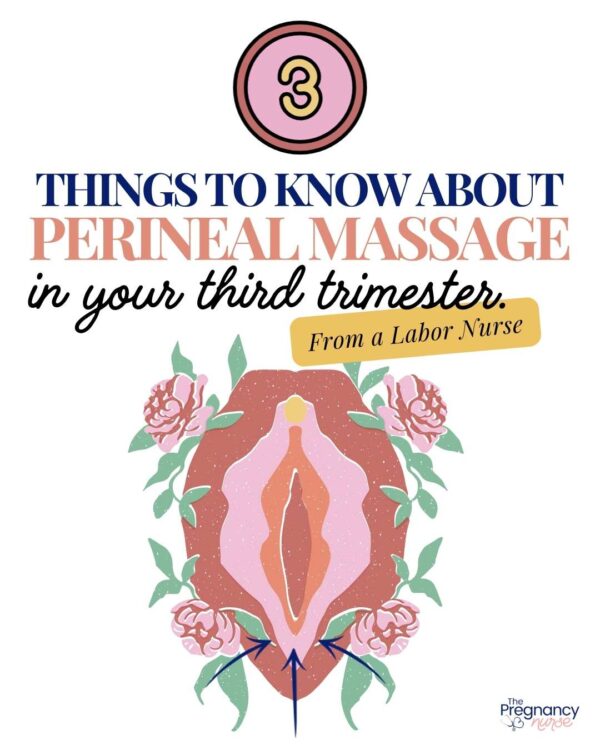
Ok, so now that you know to talk with your provider, and how to do it — let me tell you three things you need to know about it:
If You’ve Already Had a Vagainal Delivery You May Not Need To…
This is why I say the majority of people may not need to do it.
Studies show that it didn’t reduce tears if you’ve already stretched that area out with a previous birth. Meaning if it’s your second vaginal delivery they did’nt recommend it.
Source: Perineal massage in the weeks leading up to delivery helps some women avoid episiotomy. BMJ. 2006 Mar 18;332(7542):0. PMCID: PMC1403252.
However, this study did show a reduction in perineal pain long-term if people did it even after having a previous baby:
Source: Beckmann MM, Stock OM. Antenatal perineal massage for reducing perineal trauma. Cochrane Database of Systematic Reviews 2013, Issue 4. Art. No.: CD005123. DOI: 10.1002/14651858.CD005123.pub3. Accessed 19 August 2024.
So, depending on why you’re doing it — you may or may not need to.
Either way, I can’t recommend getting prepared for postpartum anymore. I actually recommend a postpartum plan just like a birth plan — I’ll help you make it here:
It Can Reduce Your Risk of an Episiotomy
That study I linked to above showed that it reduces your need for an episiotomy… although honestly, as someone who’s seen thousands of births with lots of providers – a LOT of that depends on your provider.
BUT it seems like every study I read did show a reduction in episiotomies.
Want to know more about tearing — check out these posts:
- Your Guide to Your Postpartum Plan with Free Template
- Postpartum Essentials for a Great Recovery
- Things to NOT Do After You Have Your Baby
- 7 Gross Things About Childbirth
- Signs of Labor
It Isn’t a Magical Perineal Tearing Cure
I think people do it because it will 100% prevent them from tearing.
First off, studies don’t show that — just lowers your risk of an episiotomy a good amount (none of them that I found showed reducing risks of small tears).
However, using warm compresses during pushing, using guided pushing at delivery and sometimes just good old fashioned luck on baby’s size, positioning and how they descend can have a BIG impact on it as well.
The other thing you really need to know about is healing after birth. Most people so tear a bit on their first birth, especially. So, having that knowledge can be SUPER important.
Personally, I wasn’t prepared for it at all. I thought it would feel like a scrape, but I had an extended episiotomy due to a forceps delivery on my first and the pain was unbearable.
I just wasn’t sure how to deal with it at all, and if I’d had more tools at my fingertips I would’ve thrived so much more.
In fact, it’s why — when I made my own prenatal class I included 2 full chapters on life after baby and how to manage it. We talk about tearing, healing and what you can do to recoup faster (including how PT can help). I want that for you — so, come join me in here.
Either way, my presentation on Postpartum Made Easy as the VERY least you should do for preparing for how to heal after having a baby. It’s free (and included with a video in my main class as well).



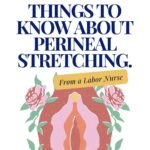
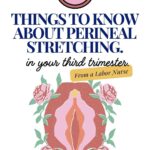

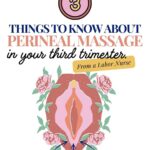


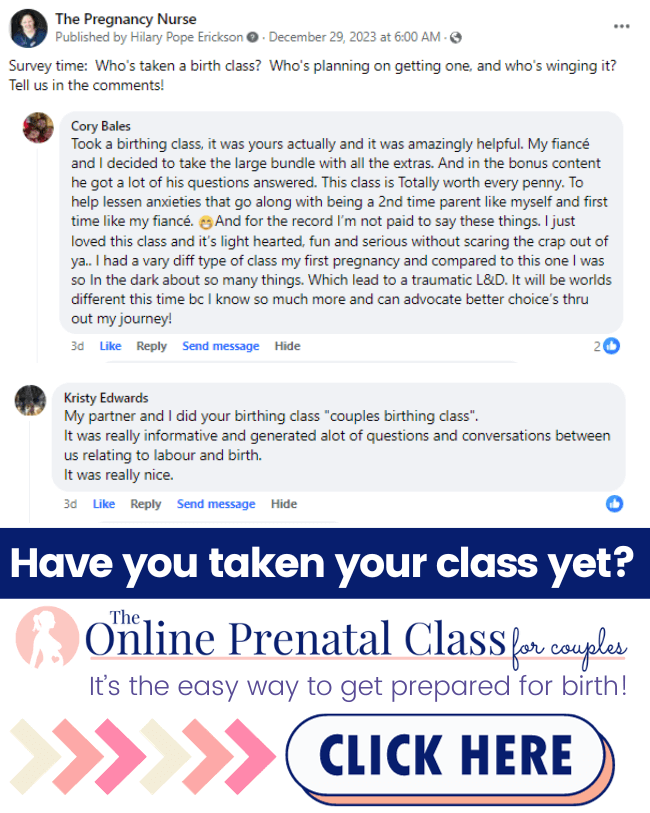
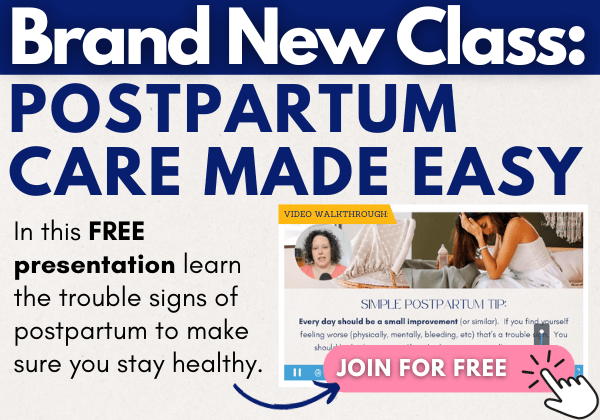

 3 Things to Do At the End of Your Pregnancy for a Faster Labor
3 Things to Do At the End of Your Pregnancy for a Faster Labor
